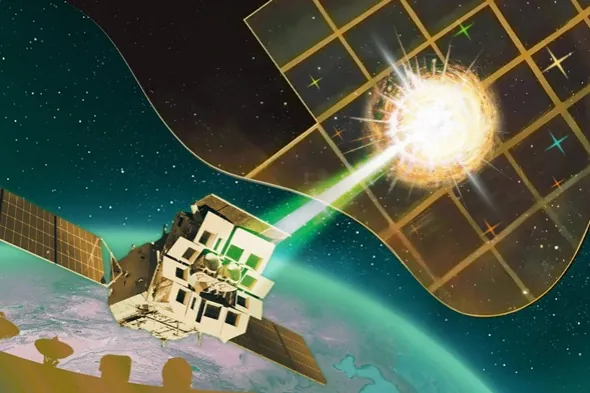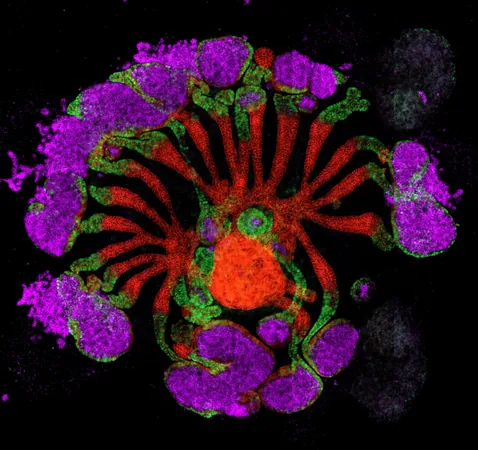
Unveiling the Universe: China’s EP Satellite Discovers New Cosmic Explosions!
2025-06-27
Author: Li
China’s Cosmic Breakthrough
In a groundbreaking revelation, China’s Einstein Probe (EP) satellite has unearthed a mysterious new type of cosmic explosion, linked to the stunning deaths of massive stars. This discovery is not just a minor detail in the starry sky—it's a game changer in our understanding of stellar events!
A Celestial Mystery Unraveled
Published in the latest issue of Nature Astronomy, this finding shakes the foundations of current theories surrounding stellar collapse. Among the stars, the EP satellite identified an extraordinary 150-second X-ray flare, dubbed EP240414a, originating from a dying star located a staggering 4 billion light-years away!
Connecting the Dots
Follow-up research linked this exceptional flare to a rare supernova, SN 2024gsa, and unveiled a faint yet powerful relativistic jet. While it shares characteristics with gamma-ray bursts—known for their explosive nature—the jet observed here is slower and less intense. This duality offers new insights into the complexities of cosmic explosions.
The Power of EP's Technology
Thanks to EP's advanced wide-field X-ray vision, scientists could monitor the jet’s evolution, yielding vital data on jet formation mechanisms and supernova explosion physics. Lead author Gao He from Beijing Normal University describes these fast X-ray transients as "cosmic fireworks"—brilliant but fleeting, making them notoriously difficult to detect with past missions!
A New Era in Astrophysics
With EP’s first detection of an X-ray transient linked to a supernova, the team is excited about the dawn of a new era in time-domain high-energy astrophysics, according to co-corresponding author Wang Xiaofeng of Tsinghua University. Launched in January 2024, the EP’s cutting-edge "lobster-eye" optics make it a formidable instrument for surveying the X-ray sky.
What Lies Ahead?
This remarkable detection underscores EP's potential to reveal more cosmic wonders. Principal investigator Yuan Weimin from the National Astronomical Observatories of the Chinese Academy of Sciences believes EP240414a serves as a tantalizing glimpse into a multitude of yet-to-be-discovered cosmic phenomena.
As the EP mission continues, scientists are on the edge of their seats, anticipating further breakthroughs that may unlock more secrets of our dynamic and mysterious universe.





 Brasil (PT)
Brasil (PT)
 Canada (EN)
Canada (EN)
 Chile (ES)
Chile (ES)
 Česko (CS)
Česko (CS)
 대한민국 (KO)
대한민국 (KO)
 España (ES)
España (ES)
 France (FR)
France (FR)
 Hong Kong (EN)
Hong Kong (EN)
 Italia (IT)
Italia (IT)
 日本 (JA)
日本 (JA)
 Magyarország (HU)
Magyarország (HU)
 Norge (NO)
Norge (NO)
 Polska (PL)
Polska (PL)
 Schweiz (DE)
Schweiz (DE)
 Singapore (EN)
Singapore (EN)
 Sverige (SV)
Sverige (SV)
 Suomi (FI)
Suomi (FI)
 Türkiye (TR)
Türkiye (TR)
 الإمارات العربية المتحدة (AR)
الإمارات العربية المتحدة (AR)